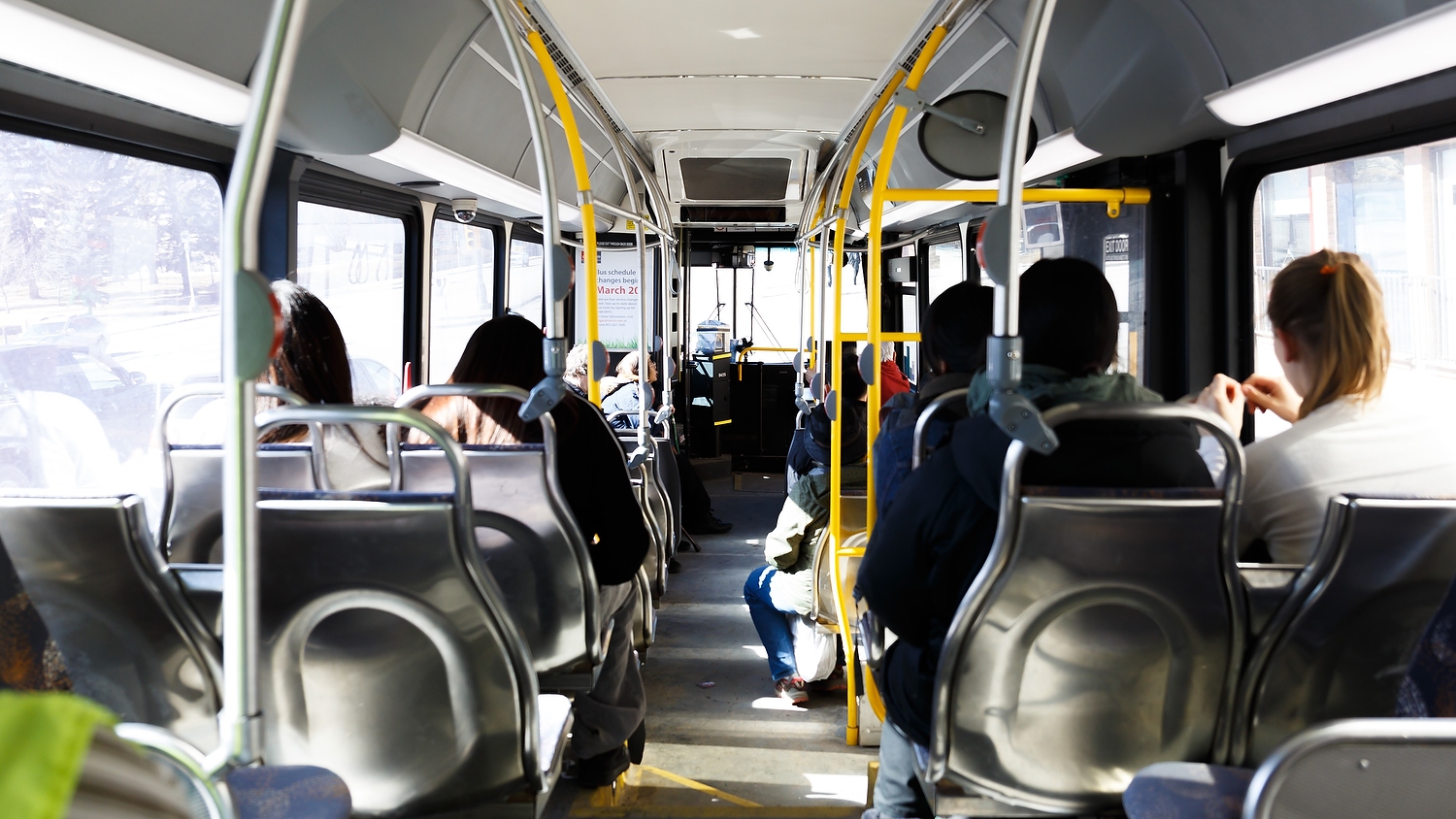There was this global pandemic a few years back that absolutely crushed ridership and service frequencies for a few years but it's been building back up. A few notable examples, which are probably the most frequent routes in the network:
- Red Line (mostly 4 car trains) and Blue Line (3 car trains), this must be at or exceeding pre-pandemic service levels for LRT:
- Weekdays: 10 minutes or better all day ~5am to ~9pm, including peak hours between 7 - 10am and 3 - 6pm is closer to every 5 minutes..
- Weekend: 10 minutes all day ~5am to ~2am for Red Line; 10 to 12 minutes all day for Blue Line
- Route 3 / 301 on Centre Street
- Weekday: ~10 minutes combined frequency all day, closer to 5 minutes during rush hour
- Weekend: 10 to 15 minute combined frequency
- MAX Orange on 16th Avenue N, probably the best improved service of any route as it didn't exist prior to 2016.
- Weekday: 10 to 12 minute all day
- Weekend: ~20 minute frequency
[Quick aside]: this is yet another opportunity to rant about the inaccessible CT data - the only way to know the frequency of any given route I gave above is look them up one-by-one and make some inferences on the stop pattern. As far as I know, there is nothing published that lists all routes and the current frequency which is just wild to me this isn't readily available.
The big lessons here is it's far more useful to put additional service on fast direct routes (all the examples listed above) than on winding, slow and inefficient ones (much of the feeder bus routes).
To implement the PTN there will need to be some substantial rethinking of many routes to create more of this direct, fast ones and fewer slow, winding ones. MAX is a good start, but we need to get serious about some bigger changes to get all busses moving a lot faster - i.e. remove about 30% of all stops, remove stupid deviations to service low-ridership areas etc.






